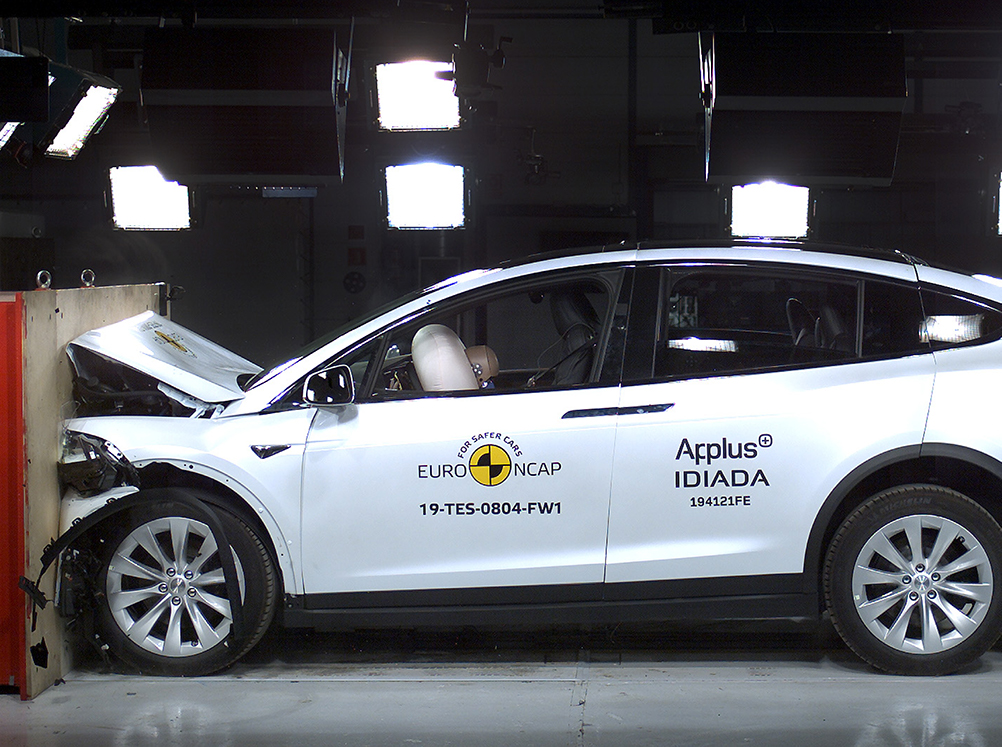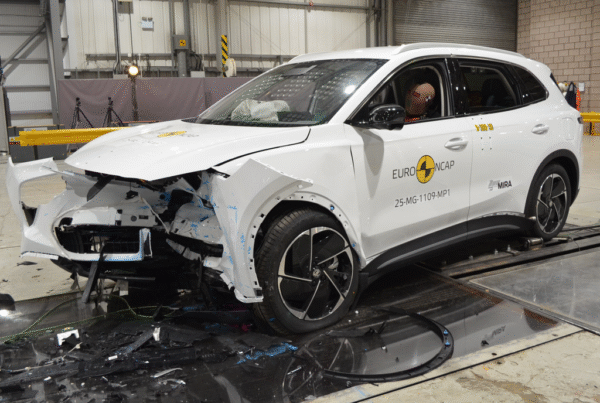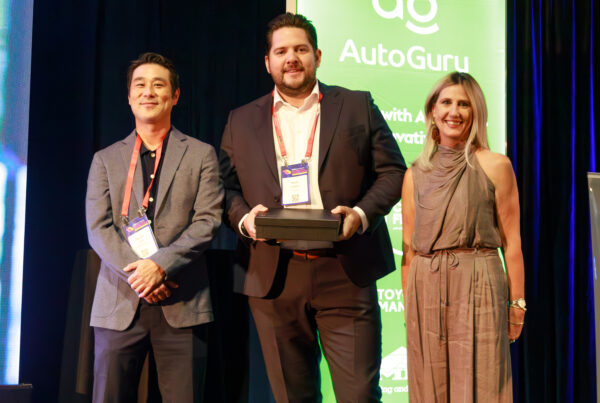Australasia’s leading independent vehicle safety authority, ANCAP SAFETY, has awarded 5 star safety ratings to the Tesla Model X, Audi A7, Audi Q8 and MG HS, with the Hyundai Venue scoring 4 stars.
The standout performer amongst the latest batch of ratings is the updated Tesla Model X (on sale from December 2019), achieving a record-equalling high score of 98% for Adult Occupant Protection and 94% for Safety Assist. These scores closely follow the high scores recorded by its smaller sibling, the Model 3, earlier this year.
Full points were achieved for protection of the driver in all four of the full-scale vehicle crash tests (frontal offset, full width, side impact and oblique pole), full points were achieved for lane support and emergency lane keep functionality, and close to full points were awarded in each of the autonomous emergency braking (AEB) test scenarios.
“Tesla should be commended for providing a vehicle which offers very high levels of safety performance both in its physical protection of occupants as well as its ability to help avoid a crash through its active safety systems,” said ANCAP Chief Executive, James Goodwin.
The Audi A7 Sportback and Audi Q8 demonstrated good performance in all assessment areas.
New SUV market entrant, the MG HS, also offered good all-round safety however testing revealed a higher risk of injury in side impact crash scenarios.
“Tested to our most stringent criteria, the MG HS scored well, yet concerns were noted for chest protection of the driver in the oblique pole test and head protection for older children in the side impact test.”
Hyundai’s new small SUV, the Venue, scored 4 stars limited by its less advanced safety assist systems.
“The Venue fell shy of the 5 star safety standard we’ve come to expect from Hyundai with Marginal performance levels observed for its ability to avoid a rear-end impact with vehicles in front. This limited the Venue’s Safety Assist score to 62%,” Mr Goodwin said.
“The Venue is the first model to undertake Safety Assist performance testing in Australia, following the commissioning of a new test facility in regional NSW,” he added.
Full technical reports:


















